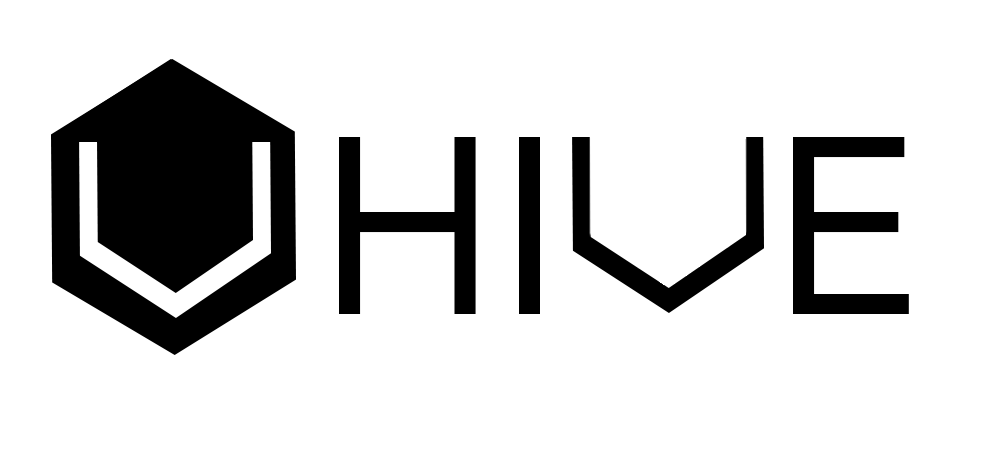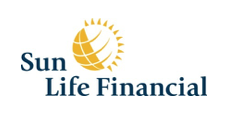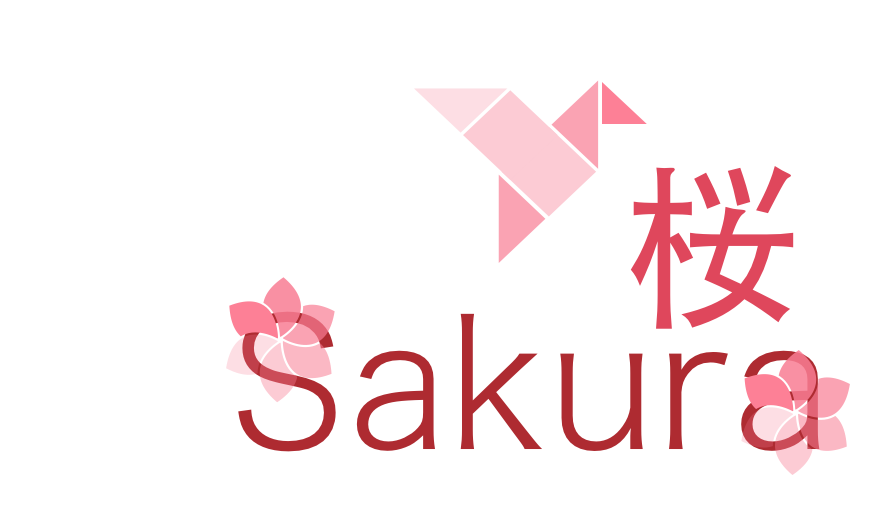|
LEARN MORE ABOUT LIFE INSURANCE
|
|
LIFE INSURANCE
|
|
INSURANCE CHARTS
|
|
PURPOSE OF INSURANCE
Family Protection | Children Education, Needs of your family, Payment for Death Related, Business Continuation |
Debt Protection | Payment for loans, Mortgages |
Wealth Protection | Estate Tax Payment, Payments for loans, Mortgages, Business Continuation |
Health Protection | Support for Hospitalization, Expenses on treatments, Disability Expenses, Expense on Medication |
|
|
INSURANCE TERMS
Life Insurance | Life Insurance is a policy contract with an isurance company.
In exchange for premium payments, the insurance company provides a lump-sum payment, known as a death benefit
to beneficiaries upon the insured's death. |
Financial Advisor | Helps an individual decide where to place his/her finances for finances for future profitable returns. |
Beneficiaries | Are individuals who are entitled to received the benefit of an insurance policy. |
Premium | The amount an insurance provider charges an individual for his/her Life Insurance policy. |
Risk | Factors in insurance policy that provides coverage only during its term. |
|
|
SELECTING AN INSURANCE COMPANY
Licensing | All advisors and the company itself has undergone all the requirements by Insurance Commission. |
Reputation | The company is stable, financially strong. |
Needs | The company is able to provide the product that is suitable to your needs. |
Claim | Reputation of the company in terms of its claims. A stable claim process. |
History | History of the company and their experience in the insurance industry. |
|
|
TYPES OF INSURANCE
Term Life Insurance | Provides "Pure" life insurance coverage for a specific period of time.
In case of death within the term period, your beneficiary received the death benefit.
If you live past the term period, your coverage ends, and you got nothing back.
This is the cheapest because it has no cash value or dividends nor savings. |
Whole Life Insurance | Also know as a permanent insurance it provides coverage until the age of 100.
It also requires you to pay for your entire life. Premium pays for the costs of insurance and part of it build up cash values as savings.
The cash value may grow up to the amount of sum insured and may earn dividends but not guarateed. When the policy matures at age
of 100 you will get the cash value equal to the face amount plus dividends when you outlive your policy. If you live up to 101. |
Endowment Life Insurance | Provides coverage for a limited period. They grow cash values very fast.
They can build a future fund for a definite pupose-retirement, college education of a child or other financial need.
They also give protection in the form of death benefit. An endowment pays at a given time example 20 years,
or if death should occur before the given date. The death benefit is the sum insured plus cash values and dividends.
Policy cease upon endowment or death of the insured. |
Health Protection | Support for Hospitalization, Expenses on treatments, Disability Expenses,
Expense on Medication |
|
|
TYPES OF BENEFICIARIES
Primary Beneficiary | The primary beneficiary is the person (or persons)
who will receive the proceeds of the life insurance policy when the insured person dies.
However, the primary beneficiary will not receive any proceeds if he or she dies before the
death of the named insured. |
Contingent Beneficiary | This is also known as the secondary beneficiary.
The contingent beneficiary will not receive any of the life insurance proceeds if the primary beneficiary
is still alive when the insured person dies. The contingent beneficiary is only entitled to receive
proceeds if the primary beneficiary dies before the named insured. |
Revocable Beneficiary | Is that the owner of the policy has the right to
change the beneficiary designation at any time without the consent of the previously named beneficiary. |
Irrevocable Beneficiary | The policy cannot change the designation of the
beneficiary without the consent of the original beneficiary. |
Viable Beneficiary | FAMILY - One or more immediate family members who
are dependent on you for both your income and financial support. Your primary and contingent family beneficiaries
can include your spouse or domestic partner, children, brothers and sisters, parents, or any other member of your family.
LEGAL GUARDIAN - If your named beneficiaries are minors (under the age of legal consent), the life
insurance company may require that you name a legal guardian as the beneficiary.
ESTATE - You can choose your estate as beneficiary. The proceeds will go to the Executor or Administrator
of the estate. This is the person or entity designated in the insured’s last will and testament, and who must be
approved or designated by the probate court.
TRUST - A trust must be set up before you can designate one or more trustee and name the trust beneficiaries.
CHARITY - You can name a charity as either the primary or contingent beneficiary.
EMPLOYER-EMPLOYEE - It is a common practice for a business to purchase life insurance on key personnel in the company. |
|


